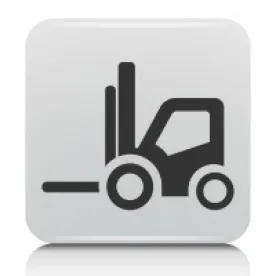In a rulemaking closely watched by the transloading industry, the U.S. Environmental Protection Agency (EPA) issued a final rule on March 1, 2024, updating the Accidental Release Prevention Requirements and Risk Management Program under Section 112(r) of the Clean Air Act (RMP). 40 CFR Part 68. (“Transloading” refers to movement of goods and commodities across different modes of transportation: for example, rail to truck, or truck to ship.)
The new rule aims to reduce the frequency and severity of accidents by revising chemical process safety to require regulated facilities – covering 11,740 regulated RMP facilities across the country – to perform a safer technologies and alternatives analysis and will require third-party compliance audits and root cause analysis incident investigation for facilities that have had a prior accident.
Additionally, the rule requires increased engagement with employees through training opportunities and the implementation of community notification systems. In creating risk management plans, regulated facilities will have to consider the potential impacts of climate change, among other factors, and provide additional facility information to members of the surrounding community.
Transloading industry advocates were closely watching the rule to see how the EPA would handle a proposal that would have required full RMP plans for any facility where covered goods or commodities were disconnected from motive transportation for 48 hours or more.
Acknowledging comments suggesting the 48-hour presumption might increase, rather than decrease, safety concerns and conflict with Department of Transportation rules, the EPA rejects the presumption in the new rule and reverts to the status quo ante. The EPA’s existing guidance suggests storage of chemicals begins the moment the goods are disconnected from the motive power that brought them to a facility. This position has never been tested in court, however, and it remains to be seen how the judiciary might view a facility where, for example, a railcar’s contents are briefly held to facilitate transloading. Given potential conflicts with other federal rules, the new rule seems likely to generate renewed interest from the public and industry alike.






 />i
/>i

